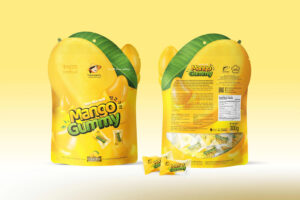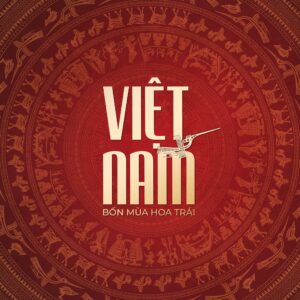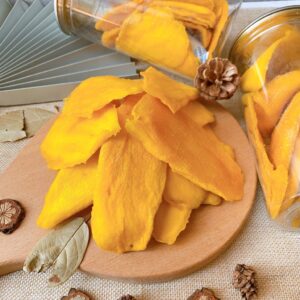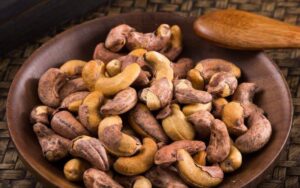1. The Origins of Coffee Beans
The Legendary Discovery of Coffee
The story of coffee traces back to the highlands of Ethiopia in the 9th century. According to legend, a goat herder named Kaldi noticed his goats becoming energetic and lively after eating red berries from an unfamiliar plant. Curious, Kaldi tried the berries himself and experienced a newfound sense of alertness. He later shared them with a local monk, who used the beans to brew a drink that helped stay awake during long night prayers.
From Ethiopia, coffee quickly spread to neighboring regions like Yemen, where people began cultivating and processing coffee beans. Yemen became the first coffee hub, and its port city of Mocha gained fame for exporting coffee across the Middle East.
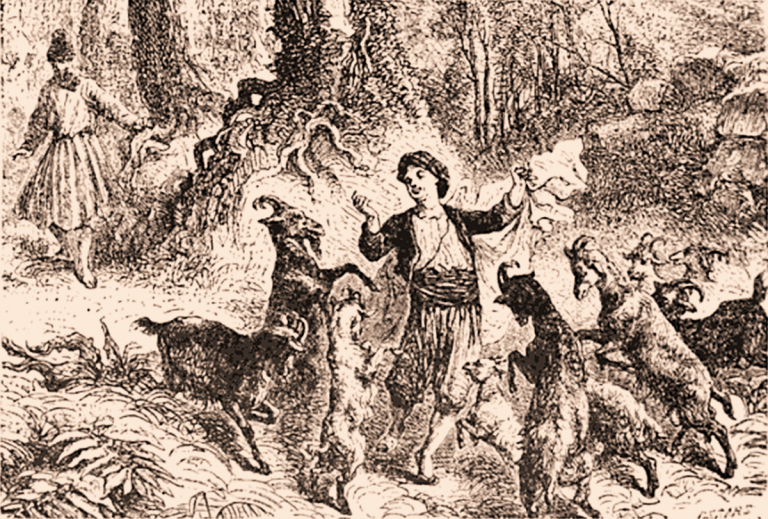
The Expansion of Coffee to the Middle East and Europe
By the 15th century, coffee had spread widely throughout the Islamic world, with "qahveh khaneh" (coffeehouses) emerging in Mecca, Cairo, and Istanbul, becoming important social hubs. In the 17th century, coffee arrived in Europe through Venetian merchants. Initially, it faced opposition, but after Pope Clement VIII tasted and praised it, coffee quickly gained popularity.
The first European coffeehouses were opened in Italy, France, England, and Germany, becoming meeting places for philosophers, artists, and entrepreneurs. Coffeehouses were not only places to drink coffee but also centers of creativity and intellectual development, contributing to the revolutions and cultural movements of the Renaissance and Enlightenment.
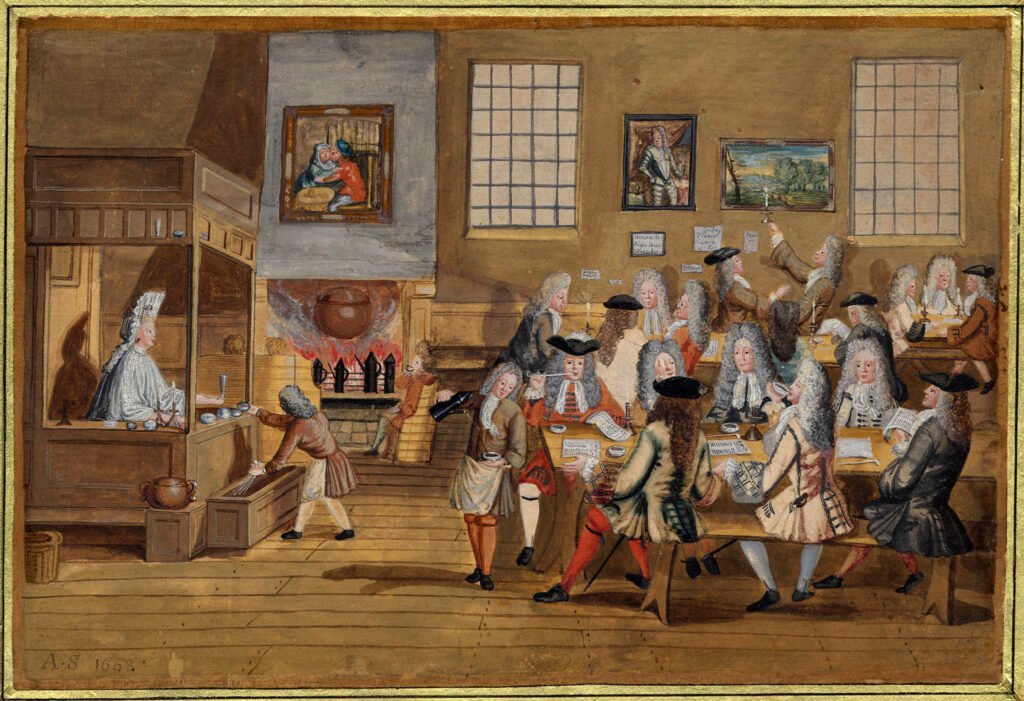
The Coffee House in London, England, in the 1700s.
2. The Global Development and Towards a Sustainable Future of Coffee:
Coffee Became a Global Industry
In the 18th century, the demand for coffee surged, prompting European powers to begin cultivating coffee in their colonies. The Netherlands introduced the coffee plant to Java, France developed it in the Caribbean and South America, and Portugal brought it to Brazil, transforming the country into the world's largest producer. In the 19th century, Brazil dominated the market due to its ideal climate. Coffee became an essential component of global cuisine and economy, generating significant revenue for many countries in Central and South America, East Africa, and Southeast Asia.

The Development of Modern Coffee Culture
In the 20th century, coffee experienced significant growth with the emergence of major brands such as Starbucks, Nescafé, and Lavazza. Coffee has evolved from being merely a beverage to becoming a lifestyle, symbolizing dynamism and creativity. The specialty coffee movement emphasizes quality, roasting, and brewing, providing a rich experience. Today, coffee is produced and consumed globally, ranging from espresso and cappuccino to cold brew, with each country and region having its own unique tasting style, contributing to a diverse coffee culture.

Coffee and Sustainable Future
The coffee industry is facing challenges and opportunities from the increasing awareness of environmental protection and sustainable development. Movements such as organic coffee, fair trade coffee, and eco-friendly coffee are becoming more popular, ensuring benefits for farmers and protecting the environment. Businesses and producers are also continuously improving high-quality products, providing long-term benefits for the community. Coffee is not just a beverage but also a symbol connecting humanity with nature, between the past and the future.
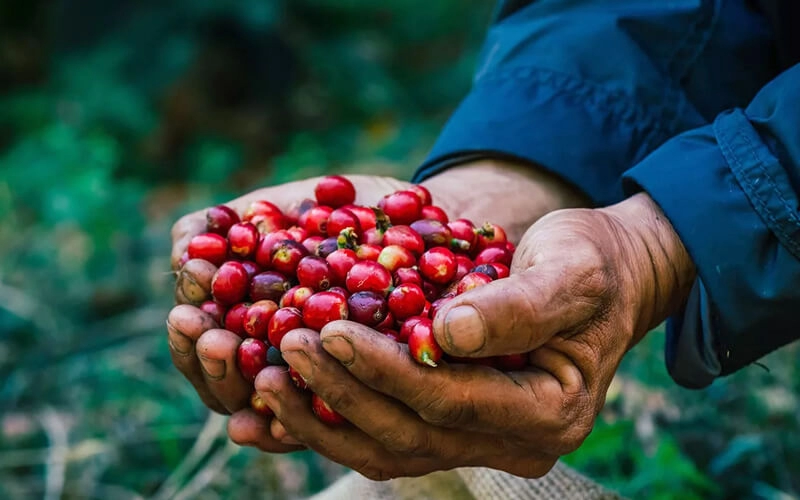
Linh Coffee.
- Premium Origins from Lâm Đồng Highlands: The land is renowned for its fertile soil and highland tropical climate, ideal for the development of quality coffee varieties. As a result, each coffee bean from Coffee Linh carries a rich flavor, a delicate sweet aftertaste, and a hint of deep bitterness, creating a complete tasting experience.
- Premium ingredients without flavorings, preservatives, or colorings: Coffee Linh is committed to using only clean, chemical-free raw materials to provide you with the purest cup of coffee. Each coffee bean is meticulously screened with a size of 18 to deliver the most consistent coffee quality to customers.
- The Production Process Meets Standards, Traditional Roasting Preserves Natural Flavor: Each beans from Linh Coffee is meticulously selected through a strict screening process, completely eliminating any substandard beans. With modern wet processing technology, impurities are thoroughly removed, helping to retain the gentle acidity and the inherent delicate aroma of the coffee bean. Notably, the traditional roasting method at moderate temperatures, without the use of any chemicals or additives, delivers a distinctive rich aroma, a refined bitterness, and a naturally sweet aftertaste in each product.
- Trusted Places to Purchase You can now enjoy the product from Linh Coffee at our chain of stores in airports and Linh restaurant locations.


